Sansevieria Snake Plant
bobv2 Z5b
3 years ago
Featured Answer
Sort by:Oldest
Comments (26)
Related Discussions
"Mystery poison ivy," contact dermatitis rash from house plants
Comments (43)I too am EXTREMELY SENSITIVE to poison ivy and recently broke out in a similar rash after being careless while propagating my all time favorite plant, the philodendron micans. I also suspected that had to be it so I took a fresh cutting and dabbed the sap several times in my arm and didn't wash off for a few hours. Somewhere between 12 & 24 hours later, I started feeling that familiar itch and watched as my test patch gradually spread out the size of a dime and rose up with the little tiny bubble pattern I'm used to seeing with poison ivy rash. THIS SUCKS! I'm in the middle of battling it right now and in my research found this helpful article. I also read another helpful tip that said the sap from these plants can somehow penetrate through standard medical gloves so thicker gardening type gloves should be used when propagating and caution should also be taken when refreshing propagation water. I plant to purchase some thick, SOLID rubber gloves that can easily be thoroughly washed. NOT those gardening gloves that have a breathable section at the back of the hand and wrists! You should also clean the tools you use and the work area. Rubbing alcohol AT LEAST 70% grade is known to be effective for cleaning tools that have come in contact with poison ivy so I plan on implementing that. As well as never shortcutting again by taking rushed cuttings and not doing the basics like laying out a protective mat and immediately washing my hands afterwards. I lazily let my NUMEROUS cuttings drop to the floor (CARPET!) and I know I didn't wash my hands right away like I normally do. A couple hours later I laid on this floor in a tank top and got a mild rash a day later across my upper back and shoulder area as well as my ear lobes which I believe is from handling my earbuds right after propagating my favorite plant. PLEASE MAKE MY PAIN WORTH IT AND LET THIS BE A LESSON TO YOU... PUH-LEAZE!...See MoreQuestion about Sansevieria (snake plant(
Comments (4)Yes, it should be repotted. I don't know that repotting will stop the flowering but if you are very worried about that, wait till it is done flowering. Not ideal to repot in the fall, but should not be a problem either. Nice plant by the way! I can't see the dirt very well, but you will want a fast draining mix, at the very least a cactus mix with extra perlite added by you. I keep most of my Sansevieria in unglazed terracotta. You have done well with your plant so you don't need any lectures, LOL! Good luck and enjoy the Flowers!...See MoreHow to properly care for my Sansevieria "Snake Plant"
Comments (11)Indoors, in that corner, in a presumably temp-controlled home (meaning you don't live in over 90* indoor temps) and in the original Lowes' soil it came in....I'd be surprised if you could water once a month. Mine are indoors in a not too bright room in basically pebbles and rocks without any soil and I water mine about once every two weeks. If you keep it in that pot with that soil, feel the soil at the bottom of the pot through the drainage hole and when THAT is dry--water. You should read the link Al attached above. If you only have one plant, it may not be feasible for you to make your own mix, but if you grasp the concept of what he is talking about, it's simple to find small amounts as replacements to recreate something similar, and even in the worst case, it would be better than the soil it's in. If so, then that Sans may very well be with you for the next 20 years. Whatever you do, I would not keep it in that soil. It's very rare that a big box store has something in even half decent soil. i love Lati's idea of taking the label back to the store and demanding a replacement! LOL I have no idea why you kept the label, haha, but since you have it, you could kick and scream. Can you record it while you do it, though? It would totally make my day. ;-)...See MoreSansevieria (snake plant) and other succulents
Comments (3)I just stumbled upon this site a few minutes ago. I don't know how this works exactly. I love plants, have thousands probably all over the place. A lot are trades to I'm not always sure what they are. I have the tall sanseveria, the miniature one that grows 4-5" tall and the green and yellow one if you are stil interested. I live near Winnipeg and we've just gone through -39C (with windchill) so my plants stay mostly indoors. Sometimes I risk a cutting outdoors during the summer or put the mother out so long as I have healthy cuttings in the house so if I forget them outside, I'm not too sad about it. Are you interested? (I have no clue how I'll find this site again. Do you have email. Email me at : smile.l.e@shaw.ca...See MoreKarenS, NYC
3 years agolast modified: 3 years agoTom H
3 years agoKarenS, NYC
3 years agolast modified: 3 years agoTom H
3 years agoKarenS, NYC
3 years agosocks
3 years agoStush2049 Pitts. PA, zone 6
3 years agoTom H
3 years agoStush2049 Pitts. PA, zone 6
3 years agoTom H
3 years agoStush2049 Pitts. PA, zone 6
3 years agobarbmock
3 years agoTom H
3 years agoStush2049 Pitts. PA, zone 6
3 years agoTom H
3 years agoStush2049 Pitts. PA, zone 6
3 years agoAlisha Hart
last yearlast modified: last yearStush2049 Pitts. PA, zone 6
last year41 North (Zone 7a/b, NE, coastal)
last yearlast modified: last yearStush2049 Pitts. PA, zone 6
last year
Related Stories
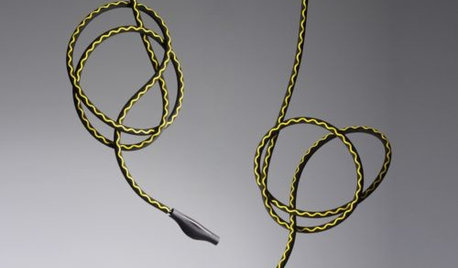
HOLIDAYSHisssss: Get Wrapped Up in the Year of the Snake
Throw your home some welcome curves with sinuous forms and reptilian patterns on all kinds of home decor
Full Story
HOUSEPLANTS10 Top Plants to Grow Indoors
Brighten a room and clean the air with a houseplant that cascades artfully, stretches toward the ceiling or looks great on a wall
Full Story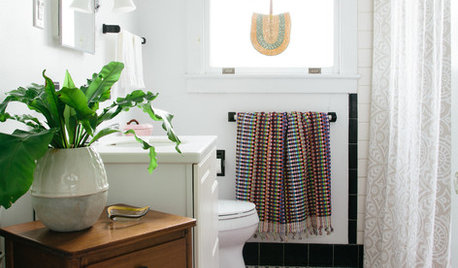
CONTAINER GARDENSFreshen Up the Bath With Lush and Healthy Plants
Learn how to choose and care for plants that will do well in your space
Full Story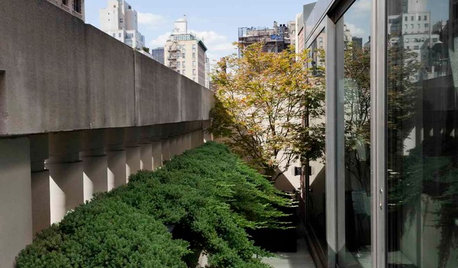
GARDENING GUIDESGreat Design Plant: Creeping Juniper Holds Its Ground
Add texture and evergreen interest to a layered garden with this low-maintenance, good-looking ground cover
Full Story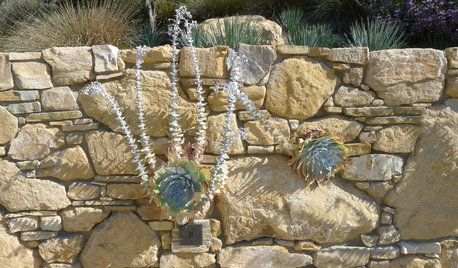
PLANTING IDEASPlanting Ideas: Life in the Crevices
Discover the beautiful planting opportunities hidden in rock walls, paver spaces and other garden gaps
Full Story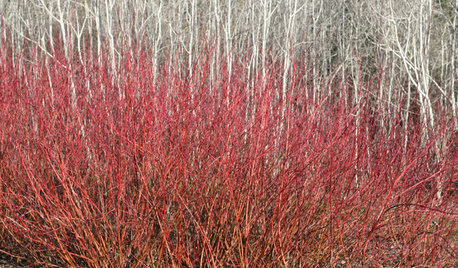
WINTER GARDENINGGreat Design Plant: Redtwig Dogwood
Fiery winter foliage makes this plant a seasonal stunner
Full Story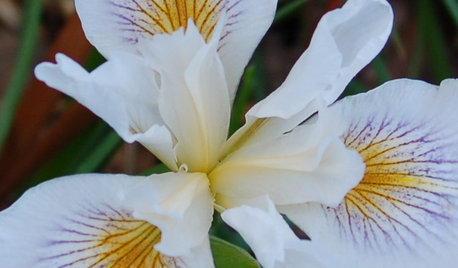
GARDENING AND LANDSCAPINGGreat Design Plant: Pacific Coast Iris
Plant this West Coast native for stunning, intricate blooms from January through May
Full Story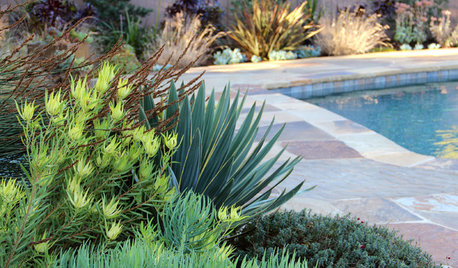
PLANTING IDEAS7 Stunning Plant Combinations for Low-Water Gardens
Find inspiration in these beautiful drought-tolerant companion plantings
Full Story
GARDENING FOR BUTTERFLIES3 Ways Native Plants Make Gardening So Much Better
You probably know about the lower maintenance. But native plants' other benefits go far beyond a little less watering and weeding
Full Story
GARDENING GUIDESHow to Find the Right Native Plants for Your Yard
Find plant maps, sale sites and guides that make going native in the garden easier than ever
Full StorySponsored
Your Custom Bath Designers & Remodelers in Columbus I 10X Best Houzz





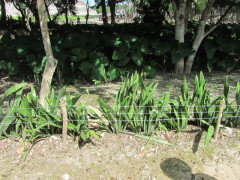
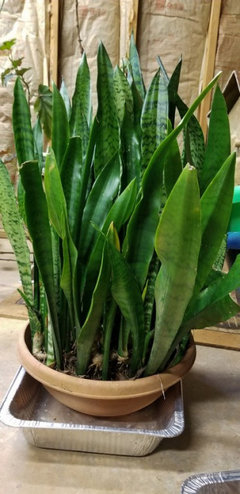







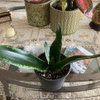

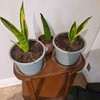
robinswfl